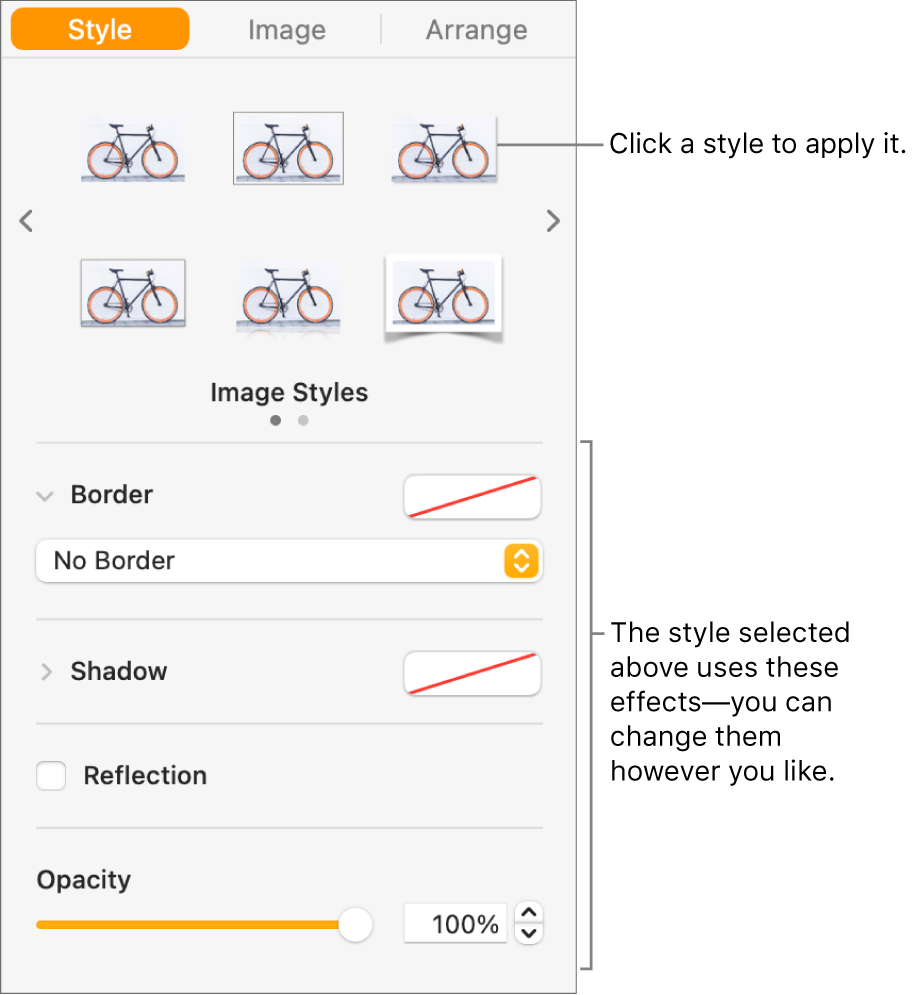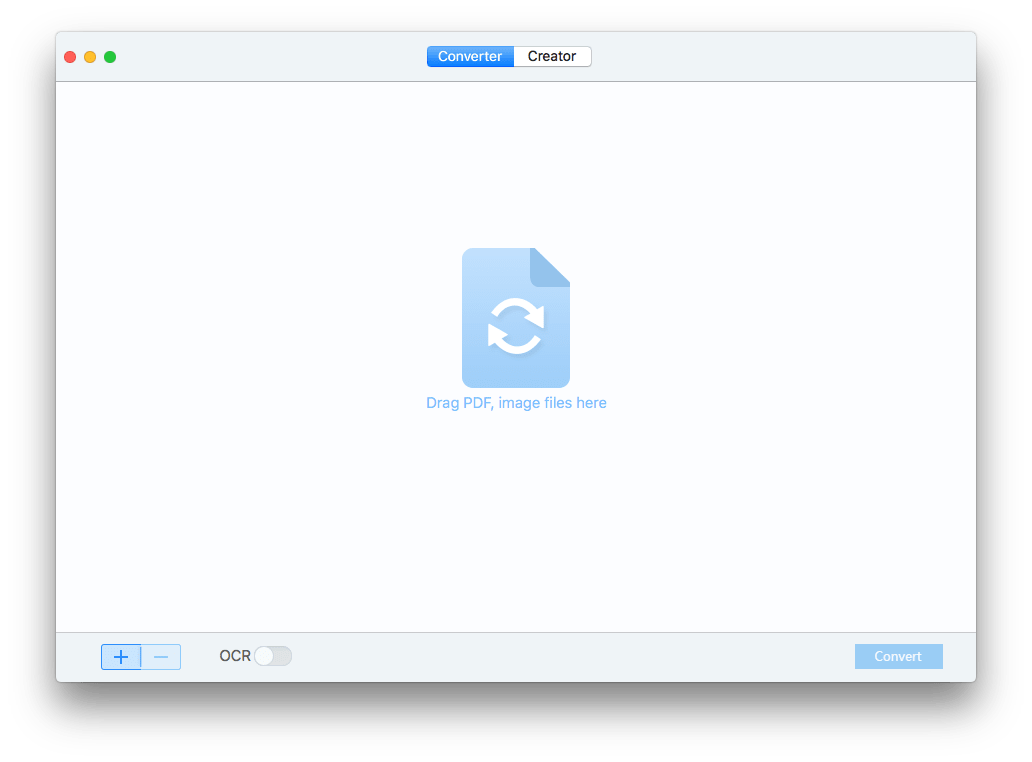

To save the template in a different location than the default, create a new folder in the Templates folder.
Specify a folder in which to save your template. 
Using a descriptive template name (e.g., “Accessible Memo Template”) will increase the prominence of the accessibility status.
In the Export As box, type a name for the template. Go to menu item: File > Save as Template…. When you are finished you should also check the accessibility of the document (See Accessibility Checking, below). Ensure that you follow the techniques in this document. A new document in your selected template style will open. In the Template Chooser dialog, select the Blank template or select one of the other existing template designs. Go to menu item: File > New or File > New from Template Chooser… (Shift+Apple+N). As well, you can edit and modify the existing prepackaged templates, ensuring their accessibility as you do so and saving them as a new template. It is possible to create your own accessible templates from scratch in Pages. These are all accessible by virtue of being blank. The basic installation also includes blank letter templates and blank business reports. The default template for new documents in Pages is a blank page. If you are unsure whether a template is accessible, you should check a sample document produced when the template is used (see Technique 11). For example, a “Meeting Minutes” template might include headings for information relevant to a business meeting, such as “Actions” above a table with rows to denote time and columns for actions of the meeting.īecause templates provide the starting-point for so many documents, accessibility is critical. Files are also easily saved as other file formats (see Technique 12).Īll office documents start with a template, which can be as simple as a blank standard-sized page or as complex as a nearly complete document with text, graphics and other content. 2010) and Pages (version 8.1) while producing a document in the native iWork file format. #TUTORIAL FOR PAGES MACBOOK PRO MAC OS#
The application-specific steps and screenshots in this document were created using iWork Pages ’09 (ver.4.0.3 (766), Mac OS X, Sept. In cases where more certainty is required, it is recommended that you test the office documents with end users with disabilities, including screen reader users.
*Right-click: To right-click with the keyboard, select the object using the Shift+Arrow keys and then press either (1) the “Right-Click” key (some keyboard have this to the right of the spacebar) or Shift+F10.įollowing these techniques will increase the accessibility of your documents, but it does not guarantee accessibility to any specific disability groups. Below are the mouse-only terms and their keyboard alternatives: However, for clarity there are several instances where mouse-only language is used. We have tried to formulate these techniques so that they are useful to all authors, regardless of whether they use a mouse. Most of these have not been checked for accessibility, but some information and/or instructions are available for the following formats in Technique 12: In addition, Pages offers many other word processor and web format saving options. The default file format for Pages is the native iWork format. If you are creating forms, web pages, applications, or other dynamic and/or interactive content, these techniques will still be useful to you, but you should also consult the W3C-WAI Web Content Accessibility Guidelines (WCAG 2.0) because these are specifically designed to provide guidance for highly dynamic and/or interactive content. Typical of office-style workflows (Reports, letters, memos, budgets, presentations, etc.). Self-contained (i.e., without hyperlinks to other documents, unlike web content), and. and do not include audio, video, or embedded interactivity) , Fully printable (i.e., where dynamic features are limited to automatic page numbering, table of contents, etc. Text-based (i.e., not simply images, although they may contain images),. Intended to be used by people (i.e., not computer code),. 
You should use these techniques when you are using Pages to create documents that are: In addition, Pages does not include an accessibility checking feature. Apple has added significant accessibility improvements to its iWork applications, but an accessibility checker is not a feature yet. Editor’s note: In later versions of Pages, users have the ability to add alt text to images and graphical objects.







 0 kommentar(er)
0 kommentar(er)
